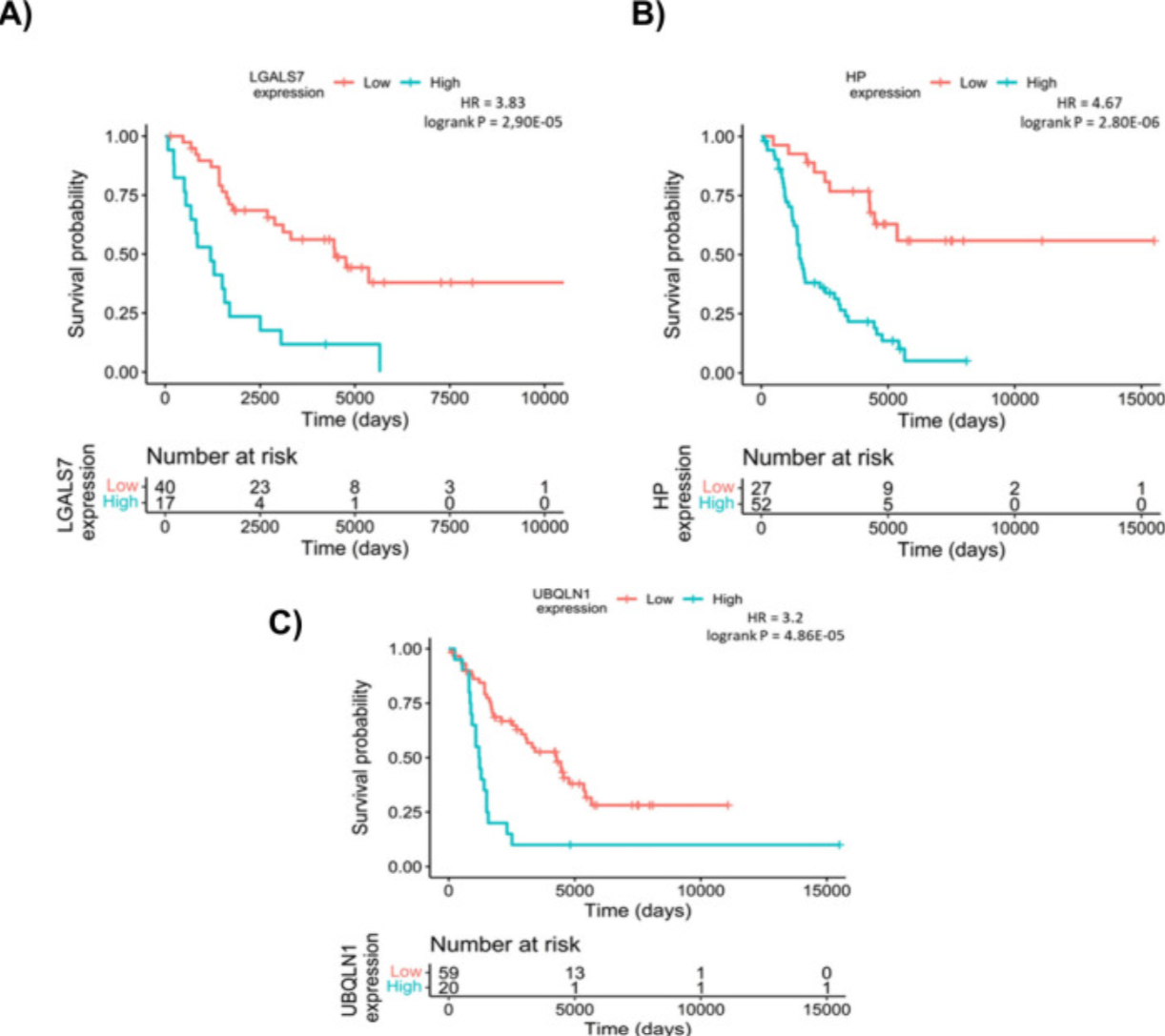Jurisdiction:
Sweden
Organ System:
Skin
Funding Organizations:
- Crafoord Foundation
- Berta Kamprad Foundation
- Thermo Fisher Scientific
- Liconic
- Tecan
- National Research Foundation of Korea
- Brain Korea 21 Plus Project, S. Korea
- Institute of Convergence Science (ICONS), Yonsei University, S. Korea
Research Organizations:
- Lund University, Sweden
- Semmelweis University, Hungary
- Korea Research Institute of Chemical Technology, S. Korea
- Yonsei University, S. Korea
- University of Texas Southwestern Medical Center, USA
- NYU Grossman School of Medicine, NYU
- Tokyo Medical University, Japan
Principal Investigators
:- György Marko-Varga
- Balázs Győrffy
- Jeovanis Gil
- Sarolta Kárpáti
- David Fenyo
Publications:
The first study aims to develop an integrated analysis platform for melanoma proteomics data to support the discovery and validation of diagnostic, predictive, and prognostic biomarkers at the protein level. Using mass spectrometry–based proteomic data from five independent cohorts (489 tissue samples from 394 patients), the researchers created MEL-PLOT, an interactive R-based web tool that allows users to explore protein expression patterns, correlate them with clinical metadata, and assess survival outcomes. The platform identified 274 proteins with significant expression differences between tumor types, and 45 of those proteins were associated with survival in lymph node metastases.
The second study investigates the mitochondrial proteome in melanoma to uncover potential therapeutic vulnerabilities, particularly in advanced and treatment-resistant disease. Quantitative proteomics was performed on 151 melanoma-related samples, revealing that mitochondrial translation and oxidative phosphorylation (OXPHOS) pathways are significantly upregulated in aggressive, BRAF-mutant, and metastatic tumors. Functional studies demonstrated that targeting these pathways with mitochondrial inhibitors—such as doxycycline, tigecycline, and OXPHOS inhibitors—suppressed melanoma cell growth in a dose-dependent manner while sparing normal melanocytes. These findings highlight the potential of combining mitochondrial-targeted therapies with existing treatments to overcome resistance and improve clinical outcomes in advanced melanoma.

